Home>Garden Essentials>When To Apply Grass Seed In Spring
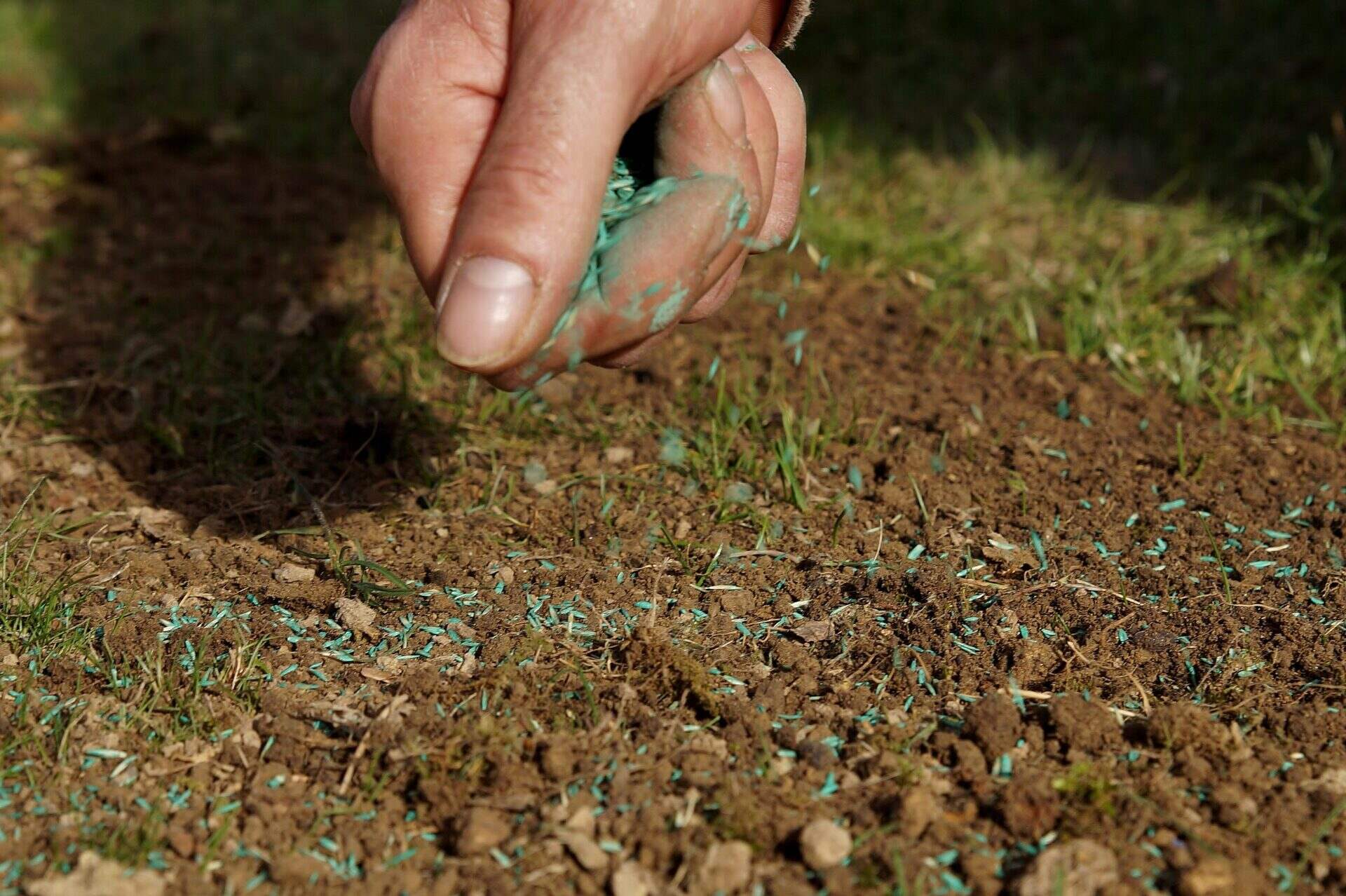

Garden Essentials
When To Apply Grass Seed In Spring
Modified: March 24, 2024
Looking to improve your garden? Find out when is the best time to apply grass seed in spring for a lush and vibrant lawn.
(Many of the links in this article redirect to a specific reviewed product. Your purchase of these products through affiliate links helps to generate commission for Storables.com, at no extra cost. Learn more)
Introduction
Welcome to the lush and vibrant world of gardening! If you’re looking to transform your lawn into a picturesque landscape, one of the key steps in the process is seeding your grass. Seeding your lawn not only helps to fill in bare spots and thin areas, but it also promotes healthy growth and ensures a beautiful and vibrant lawn. In this article, we will explore the optimal timing for applying grass seed in the spring, along with the factors to consider, techniques to employ, and common mistakes to avoid.
Spring is an ideal time to seed your lawn, as the weather warms up, and the soil begins to thaw. However, timing is crucial, as you want to ensure that the soil and temperature conditions are suitable for seed germination. By understanding the various factors that influence grass seed growth and following best practices, you can maximize the success of your seeding efforts and achieve a lush, green lawn.
Before diving into the specifics of when to apply grass seed in the spring, it’s important to consider a few key factors. Firstly, you need to assess the overall condition of your lawn. Are there bare patches that need filling, or do you want to thicken the existing grass? Understanding your specific goals will help determine the appropriate seeding approach.
Secondly, take into account your geographical location and climate. Different regions experience varying weather patterns, and this can impact the ideal timing for seeding. For instance, areas with cold winters and short growing seasons may require an earlier start to seed in the spring, while regions with milder climates may have a longer window for seeding.
In addition to the timing of seeding, it’s crucial to prepare the soil properly to provide the best environment for seed germination. This includes ensuring the soil is well-drained, free from debris and weeds, and properly amended with organic matter. By taking the time to prepare the soil, you are setting the stage for successful seed growth and establishing a strong foundation for your lawn.
Choosing the right grass seed is another vital aspect of achieving a healthy and thriving lawn. Consider factors such as the grass type that is best suited to your climate, the intended use of the lawn (e.g., high-traffic areas or shady spots), and any specific requirements or preferences you may have, such as drought-resistant varieties or low-maintenance options. Consulting with a local garden center or horticulturist can provide valuable insights and recommendations specific to your area.
Once you have prepared the soil and selected the ideal grass seed, it’s time to focus on the seeding technique. Whether you opt for overseeding or full seeding, understanding the best practices for distributing the seed, achieving proper seed-to-soil contact, and ensuring adequate watering and maintenance is crucial for successful seed germination. We will delve into these techniques and best practices in the following sections.
Finally, we will discuss common mistakes to avoid when seeding your lawn in the spring. These insights will help you navigate potential pitfalls and ensure that your efforts yield optimal results. By learning from the experiences of others, you can save time, money, and frustration, ultimately leading to a lush and healthy lawn.
Now that we have set the stage, let’s explore in detail the optimal timing, techniques, and tips for applying grass seed in the spring. With the right knowledge and approach, you can achieve a lawn that will be the envy of the neighborhood!
Key Takeaways:
- Timing is crucial when seeding your lawn in spring. Consider soil temperature, soil preparation, and choosing the right grass seed to ensure successful growth.
- Avoid common mistakes like over or under-seeding, neglecting soil preparation, and inadequate watering to achieve a healthy and vibrant lawn.
Read more: When To Apply Grass Killer
Factors to Consider Before Seeding
Before diving into the process of seeding your lawn, there are several key factors to consider. These factors will influence the success of your seeding efforts and help you achieve a healthy and vibrant lawn. Let’s explore them in detail:
1. Soil Condition: Assess the condition of your soil before seeding. Is it compacted? Does it have the proper pH balance? Soil that is compacted or has an imbalanced pH level can hinder seed germination and growth. Consider aerating the soil or adding organic matter to improve its quality.
2. Sunlight Exposure: Take note of the amount of sunlight your lawn receives throughout the day. Different grass species have varying sunlight requirements. Shade-tolerant grass varieties are ideal for areas with limited sunlight, while sun-loving varieties thrive in full sun. Choose grass seed that matches the sunlight conditions in your lawn.
3. Climate and Hardiness Zone: Your geographical location and climate play an essential role in determining the best time to seed your lawn. Different grass species have specific temperature and climate requirements for optimal growth. Consult the USDA Hardiness Zone Map to identify your zone and choose grass seed varieties that are suitable for your specific region.
4. Water Availability: Consider the availability of water in your area. If your region experiences frequent drought conditions or water restrictions, opt for drought-tolerant grass varieties that require less water to thrive. This will help you maintain a healthy lawn even during periods of limited water availability.
5. Lawn Usage: Determine how your lawn will be used. If you have children or pets who will be playing on the lawn, choose grass varieties that can withstand heavy foot traffic and are durable enough to handle wear and tear.
6. Local Regulations and Restrictions: Before seeding your lawn, be aware of any local regulations or restrictions related to grass seed. Some areas have specific rules regarding the types of grass seed that can be used, particularly with regards to invasive species. Familiarize yourself with these regulations to ensure compliance and prevent any unintended consequences.
7. Timing: Timing is crucial when it comes to seeding your lawn. While spring is generally a suitable time for seeding, specific timing may vary depending on your climate and the type of grass you are planting. Aim to seed when the soil temperature consistently reaches the optimal range for germination. Consult with a local garden center or extension office to determine the best seeding time for your region.
By considering these factors before seeding your lawn, you can make informed decisions that will promote optimal growth and create a stunning, resilient lawn. Remember, each lawn is unique, so it is essential to tailor your approach to suit your specific conditions and goals.
Soil Temperature Requirements
Soil temperature is a critical factor in the germination and growth of grass seed. Different grass species have specific soil temperature requirements for optimal seed germination and establishment. Understanding these temperature requirements will help you determine the right time to seed your lawn. Let’s take a closer look at the soil temperature requirements for grass seed:
Warm-Season Grasses: Warm-season grasses, such as Bermuda grass, Zoysia grass, and Bahiagrass, thrive in regions with hot summers and mild winters. These grasses have higher temperature requirements for germination, typically between 75-85°F (24-29°C). It is advisable to wait until the soil temperature consistently reaches this range before seeding warm-season grasses in the spring.
Cool-Season Grasses: Cool-season grasses, including Kentucky bluegrass, perennial ryegrass, and tall fescue, are well-suited for regions with cold winters and moderate summers. These grasses have lower temperature requirements for germination, typically between 50-65°F (10-18°C). Seeding cool-season grasses in the early spring, when the soil temperature approaches this range, allows for optimal seed germination and establishment.
It is important to note that soil temperature is not the same as air temperature. The soil takes longer to warm up or cool down than the air, so it’s crucial to monitor the soil temperature specifically. You can use a soil thermometer to accurately measure the temperature at a depth of 2-4 inches (5-10 cm) below the soil surface, as this is the range where most grass roots grow.
In addition to temperature requirements, it’s important to consider the trend in soil temperature. Consistency is key to seed germination and establishment. While a couple of warm days may temporarily increase the soil temperature, if the trend is not consistently within the desired range, it’s best to wait for more favorable conditions before seeding.
Understanding the soil temperature requirements for your chosen grass species is crucial for successful seed germination and establishment. By monitoring the soil temperature and ensuring it consistently meets the requirements for your grass variety, you can maximize the success of your seeding efforts and pave the way for a lush and healthy lawn.
Preparing the Soil for Seeding
Proper soil preparation is crucial for creating an optimal environment for seed germination and the successful establishment of grass. Before seeding your lawn, it’s important to take the time to prepare the soil. Let’s explore the steps involved in preparing the soil for seeding:
1. Remove Debris: Start by removing any debris, such as rocks, sticks, or large clumps of dirt, from the area where you plan to seed. This allows for a clean and level surface for the grass seeds to establish.
2. Test the Soil: Conduct a soil test to determine the pH level and nutrient composition of the soil. This will help identify any deficiencies or imbalances that need to be addressed. Soil tests can be done using DIY kits or by sending samples to a professional lab. Based on the test results, you can amend the soil accordingly with lime to adjust pH levels or with organic matter to improve nutrient content.
3. Loosen the Soil: Use a rake or a garden tiller to loosen the top layer of soil. This allows for better seed-to-soil contact and promotes root penetration. Be careful not to till too deeply as it can disrupt the natural structure of the soil.
4. Remove Weeds: Prior to seeding, it’s important to remove any existing weeds from the area. Weeds compete with the grass seedlings for nutrients and can hinder their growth. You can manually pull out weeds or use a weed killer specifically designed for pre-seeding applications. Follow the instructions on the weed killer carefully to ensure it’s safe to use before seeding.
5. Level the Soil: Ensure that the soil surface is even and level before seeding. Use a rake or a leveling tool to smooth out any uneven areas and create a uniform surface. This will help with the distribution of the grass seed and provide a consistent environment for germination.
6. Apply Organic Matter: Consider adding organic matter, such as compost or well-rotted manure, to the soil. Organic matter helps improve soil structure, increases water retention, and provides essential nutrients for the seedlings. Spread a 1-2 inch (2.5-5 cm) layer of organic matter over the soil surface and incorporate it into the top few inches of soil.
7. Tamp or Roll the Soil: After preparing the soil, lightly tamp it down using a roller or by walking over the area. This helps ensure good seed-to-soil contact, which promotes germination. Do not press the soil too firmly, as this can hinder seed growth.
By following these steps to prepare the soil for seeding, you are creating the optimal conditions for grass seed germination and establishment. The time invested in soil preparation will pay off in the long run, leading to a healthier and more robust lawn.
Choosing the Right Grass Seed
Choosing the right grass seed is essential for establishing a healthy and beautiful lawn. The right grass seed will depend on various factors, including your climate, soil type, sunlight exposure, and intended use of the lawn. This section will guide you through the key considerations when selecting the right grass seed for your lawn:
1. Climate: Consider the climate zone in which you live. Different grass species thrive in different climate conditions. Warm-season grasses, such as Bermuda grass and Zoysia grass, are well-suited for regions with hot summers and mild winters. Cool-season grasses, such as Kentucky bluegrass and perennial ryegrass, thrive in areas with cold winters and moderate summers.
2. Soil Type: Assess the type of soil in your lawn. Some grass species prefer sandy soil, while others thrive in clay or loamy soil. It’s helpful to know whether your soil is well-drained or prone to retaining moisture, as this can impact the grass’s ability to grow successfully. Understanding your soil type will help you select grass seed varieties that are well-suited to your specific soil conditions.
3. Sunlight Exposure: Evaluate the amount of sunlight your lawn receives throughout the day. Some grass varieties require full sun exposure, while others can tolerate or even thrive in partial shade. Determine the sun exposure of your lawn and choose grass seed that matches those conditions to ensure optimal growth and performance.
4. Intended Use: Consider how you plan to use your lawn. If you have kids or pets who will be playing on the lawn regularly, choose grass varieties that can withstand heavy foot traffic and recover quickly from wear and tear. For lawns primarily used for aesthetic purposes, select grass seed that provides a lush and visually appealing appearance.
5. Water Requirements: Take into account the availability of water in your area. If you live in a region that experiences drought or water restrictions, opt for drought-tolerant or low-water-use grass varieties. These require less water to survive and maintain their green color, helping you conserve water while maintaining a healthy lawn.
6. Maintenance Level: Consider your desired level of lawn maintenance. Some grass varieties require more frequent mowing, fertilization, and overall care, while others are more low-maintenance. Choose grass seed that aligns with your maintenance preferences and available time commitment to ensure a lawn that is manageable for you.
7. Local Recommendations: Seek advice from local experts, such as garden centers or horticulturists familiar with your region. They can provide valuable insights into the best grass seed varieties for your area, considering the specific challenges and conditions of your locale.
By taking these factors into account when selecting your grass seed, you can ensure that you choose the right variety for your lawn. A well-suited grass seed will lead to a healthy and vibrant lawn that enhances the beauty of your outdoor space.
Tip: Apply grass seed in early spring when the soil temperature reaches 55-65°F for optimal germination. Avoid late spring seeding as the heat can stress new grass. Keep the soil moist for successful growth.
Read more: When To Apply Fertilizer To Grass
Seeding Technique and Best Practices
Proper seeding technique is crucial for successful grass seed germination and establishment. By following best practices, you can ensure that your lawn receives the best possible start. Here are some key tips and techniques to consider when seeding your lawn:
1. Seed Distribution: Use a spreader or a handheld spreader to evenly distribute the grass seed across the prepared soil. Follow the recommended seeding rate provided by the seed manufacturer for the specific grass variety you are planting. This will ensure that the seed is evenly spread and avoid over- or under-seeding.
2. Seed-to-Soil Contact: After spreading the seed, lightly rake or drag a garden rake over the area. This will help the seeds make contact with the soil, improving germination rates. Avoid burying the seeds too deep, as they need access to light for germination.
3. Overseeding vs. Full Seeding: Determine whether you will be overseeding or fully seeding your lawn. Overseeding involves applying seed to an existing lawn to fill in bare spots or thicken the grass. Full seeding is used when starting a lawn from scratch. Adjust your seed distribution and seeding rate based on whether you are overseeding or fully seeding.
4. Watering: After seeding, thoroughly water the newly seeded area to promote germination. Keep the soil moist but not soggy throughout the germination and establishment period. Watering may need to be done multiple times a day, especially in warmer weather or if the soil tends to dry out quickly. Use a sprinkler or gentle spray nozzle to water the area evenly.
5. Mulching: Consider applying a thin layer of straw or mulch over the newly seeded area. This helps retain moisture in the soil, protects the seeds from being washed away, and can also provide some shade to aid in germination. Avoid using too much mulch, as it can hinder seedling growth if it becomes too thick.
6. Mowing: Once the grass seedlings have reached a height of about 3-4 inches (7-10 cm), it’s time to mow for the first time. Set your mower on the highest setting and only remove the top third of the grass blades. Regular mowing promotes a dense and healthy lawn by encouraging lateral growth.
7. Fertilizing and Maintenance: Follow a regular fertilization and maintenance schedule to ensure the ongoing health and vitality of your lawn. This includes applying fertilizer according to the recommended schedule and properly maintaining the grass through regular mowing, watering, and weed control.
8. Patience and Perseverance: Keep in mind that establishing a new lawn or thickening an existing one through seeding takes time and patience. It may take several weeks for the grass seed to germinate and establish. Stay consistent with watering and maintenance practices, and be patient as your lawn gradually transforms into a lush and vibrant landscape.
By employing these seeding techniques and following best practices, you are setting the stage for successful grass seed germination and establishment. Consistency, proper seed-to-soil contact, adequate watering, and ongoing maintenance will help you achieve the lush and healthy lawn of your dreams.
Watering and Maintenance Tips
Watering and maintenance are key factors in establishing and maintaining a healthy lawn after seeding. Proper watering ensures the germination of grass seed and helps the young seedlings grow strong and healthy. Maintenance practices, such as mowing, fertilizing, and weed control, keep your lawn looking its best. Here are some essential watering and maintenance tips to consider:
Watering:
- Water consistently: After seeding, water the area thoroughly to keep the soil moist. During the germination and establishment phase, it may be necessary to water lightly multiple times a day to prevent the soil from drying out. Once the grass seedlings have established, gradually reduce the frequency of watering but increase the amount of water applied each time.
- Water deeply: When watering, aim to deeply penetrate the soil. This encourages the roots to grow deeper, resulting in a more resilient and drought-tolerant lawn. Watering deeply, rather than lightly, also helps prevent shallow root growth and encourages the roots to reach down into the soil.
- Avoid overwatering: While it’s important to keep the soil moist during the germination phase, be cautious not to overwater. Overwatering can lead to shallow root growth, disease, and weed growth. Monitor the moisture level of the soil and water only when necessary.
- Water in the early morning: Watering in the early morning allows the grass blades to dry out during the day, reducing the risk of disease and fungus development. Avoid watering in the evening or at night when the grass remains wet for extended periods.
Maintenance:
- Mow regularly: Once the grass seedlings have reached a height of about 3-4 inches (7-10 cm), it’s time to mow. Set your mower at the appropriate height for your grass species and mow regularly. Avoid cutting more than one-third of the grass blade length in a single mowing to prevent stressing the grass.
- Fertilize appropriately: Follow a fertilization schedule based on the needs of your grass species and soil conditions. Apply fertilizer at the recommended rates and timings to provide the necessary nutrients for healthy growth. Avoid over-fertilizing, as this can lead to excessive top growth and weakened roots.
- Weed control: Keep an eye out for weeds and address them promptly. Regularly inspect your lawn and manually remove weeds as they emerge. Consider using targeted weed control methods, such as spot treatments or herbicides, to effectively manage weeds without harming the surrounding grass.
- Aerate the soil: Depending on your soil type and lawn condition, consider aerating the soil to alleviate compaction and improve air circulation to the roots. Aeration helps water and nutrients reach the roots more efficiently and promotes stronger root growth.
- Monitor and adjust: Regularly monitor the condition of your lawn and make adjustments as needed. This includes addressing issues such as bare spots, thinning grass, or pest problems. Stay vigilant and take proactive measures to maintain a healthy and thriving lawn.
By following these watering and maintenance tips, you can ensure that your newly seeded lawn thrives and remains vibrant throughout the growing season. Consistent watering practices and proper maintenance will contribute to the overall health and beauty of your lawn.
Common Mistakes to Avoid
Seeding a lawn requires careful attention to detail and adherence to best practices. However, it’s also crucial to be aware of common mistakes that can hinder the success of your seeding efforts. By avoiding these mistakes, you can increase the chances of achieving a healthy and beautiful lawn. Here are some common mistakes to watch out for:
- Over- or under-seeding: It’s essential to follow the recommended seeding rate provided by the seed manufacturer. Over-seeding can lead to competition for resources and overcrowding, while under-seeding can result in patchy or thin areas. Measure and distribute the seed properly to ensure even coverage.
- Not preparing the soil: Neglecting to properly prepare the soil before seeding can hinder seed germination and growth. Remove debris, level the soil, and amend it as necessary to create an optimal environment. Failing to prepare the soil can lead to poor seed-to-soil contact and insufficient nutrient availability.
- Improper timing: Seeding at the wrong time can significantly impact the success of your efforts. Timing is crucial; ensure that the soil temperature consistently meets the requirements for seed germination. Planting too early or too late in the season can result in poor growth and increased susceptibility to diseases and weeds.
- Inadequate watering: Proper watering is crucial in the early stages of grass seed germination. Inadequate or inconsistent watering can prevent the seeds from sprouting or lead to weak and shallow root development. Adjust your watering routine to maintain the right level of moisture in the soil, without overwatering.
- Using the wrong grass seed: Choosing the wrong grass seed for your climate, soil type, sunlight exposure, or lawn usage can result in poor growth and weak turf. Research and select the appropriate grass varieties that are well-suited to your specific conditions. Consult with local experts to ensure the right grass species for your region.
- Skipping soil testing: Soil testing provides valuable insights into the nutrient levels and pH balance of your soil. Neglecting to test the soil can lead to inadequate nutrient availability, imbalanced pH levels, and poor seed germination. Perform a soil test and amend the soil as needed based on the results.
- Not following proper maintenance practices: Regular maintenance is essential for a healthy lawn. Neglecting to mow, fertilize, or control weeds can result in a lackluster and unhealthy lawn. Follow a consistent maintenance schedule, including proper mowing height, fertilization, and weed control, to keep your lawn in optimal condition.
- Overlooking post-seeding care: After seeding, it’s crucial to provide proper care and monitoring. Ignoring the post-seeding care, such as watering, can result in poor germination and weak seedling growth. Be patient and diligent in tending to your newly seeded lawn to ensure its successful establishment.
Avoiding these common mistakes can significantly enhance the success of your seeding efforts. By taking the time to properly prepare the soil, choose the right seed, and provide adequate care, you can establish a vibrant and healthy lawn that will be the envy of your neighborhood.
Conclusion
Congratulations! You now have all the knowledge you need to successfully seed your lawn in the spring. Seeding your lawn is an essential step in creating a lush and vibrant landscape that brings beauty and joy to your outdoor space. By considering the factors discussed, such as soil temperature requirements, soil preparation, choosing the right grass seed, and employing proper seeding techniques, you can maximize the chances of success.
Remember to assess the condition of your lawn, determine your climate and soil type, and select grass seed varieties that are well-suited to your specific conditions. Take the time to properly prepare the soil by removing debris, testing and amending the soil as needed, and ensuring optimal seed-to-soil contact.
When it comes to seeding, make sure to distribute the seed evenly, create good seed-to-soil contact, and follow proper watering techniques to promote germination. Maintain a consistent watering schedule, factor in the needs of your lawn’s water requirements, and adjust watering practices as the grass seedlings grow. Additionally, implement regular maintenance practices such as mowing, fertilizing, and weed control to keep your lawn looking its best.
Avoid common mistakes such as over or under-seeding, neglecting soil preparation, choosing the wrong grass seed, inadequate watering, and overlooking maintenance practices. Being mindful of these potential pitfalls will help you achieve a healthier and more resilient lawn in the long run.
Seeding your lawn is a fulfilling and rewarding process that requires patience, attention to detail, and ongoing care. While results may take time to fully flourish, remember that with proper care and perseverance, your lawn will gradually transform into a vibrant and inviting space for you, your family, and your friends to enjoy.
So go ahead and embark on your lawn seeding journey. Take pride in the steps you have learned and put them into action. With determination and the right techniques, you will soon be walking on a carpet of lush green grass, surrounded by the beauty of nature right in your own backyard.
Frequently Asked Questions about When To Apply Grass Seed In Spring
Was this page helpful?
At Storables.com, we guarantee accurate and reliable information. Our content, validated by Expert Board Contributors, is crafted following stringent Editorial Policies. We're committed to providing you with well-researched, expert-backed insights for all your informational needs.
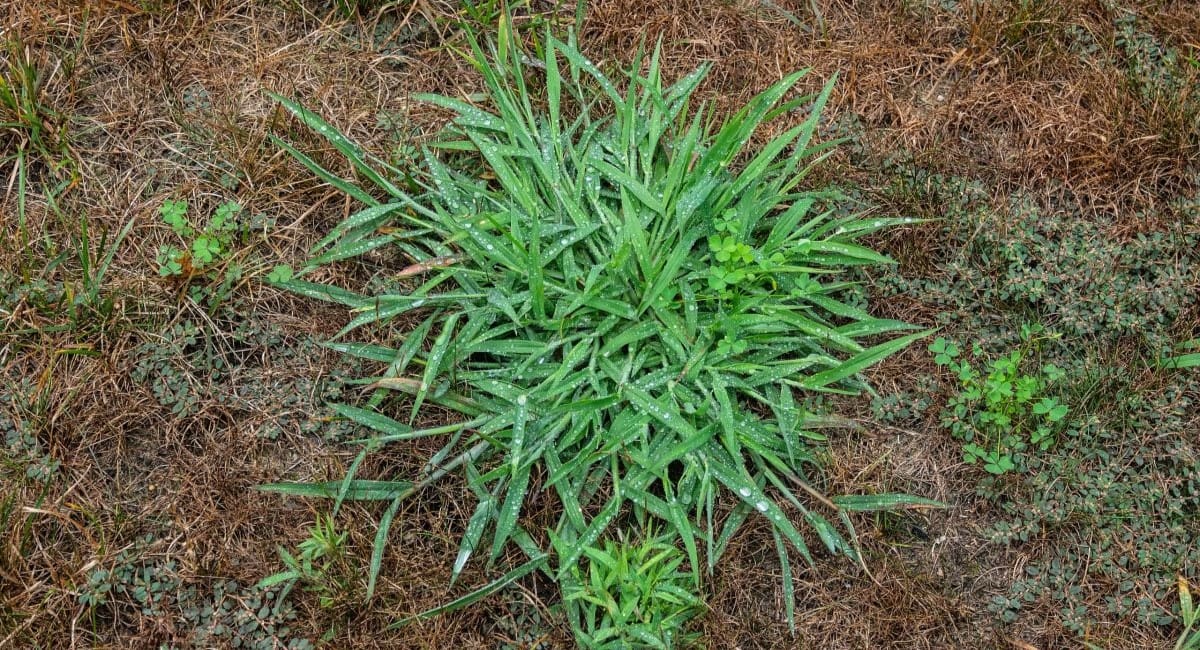

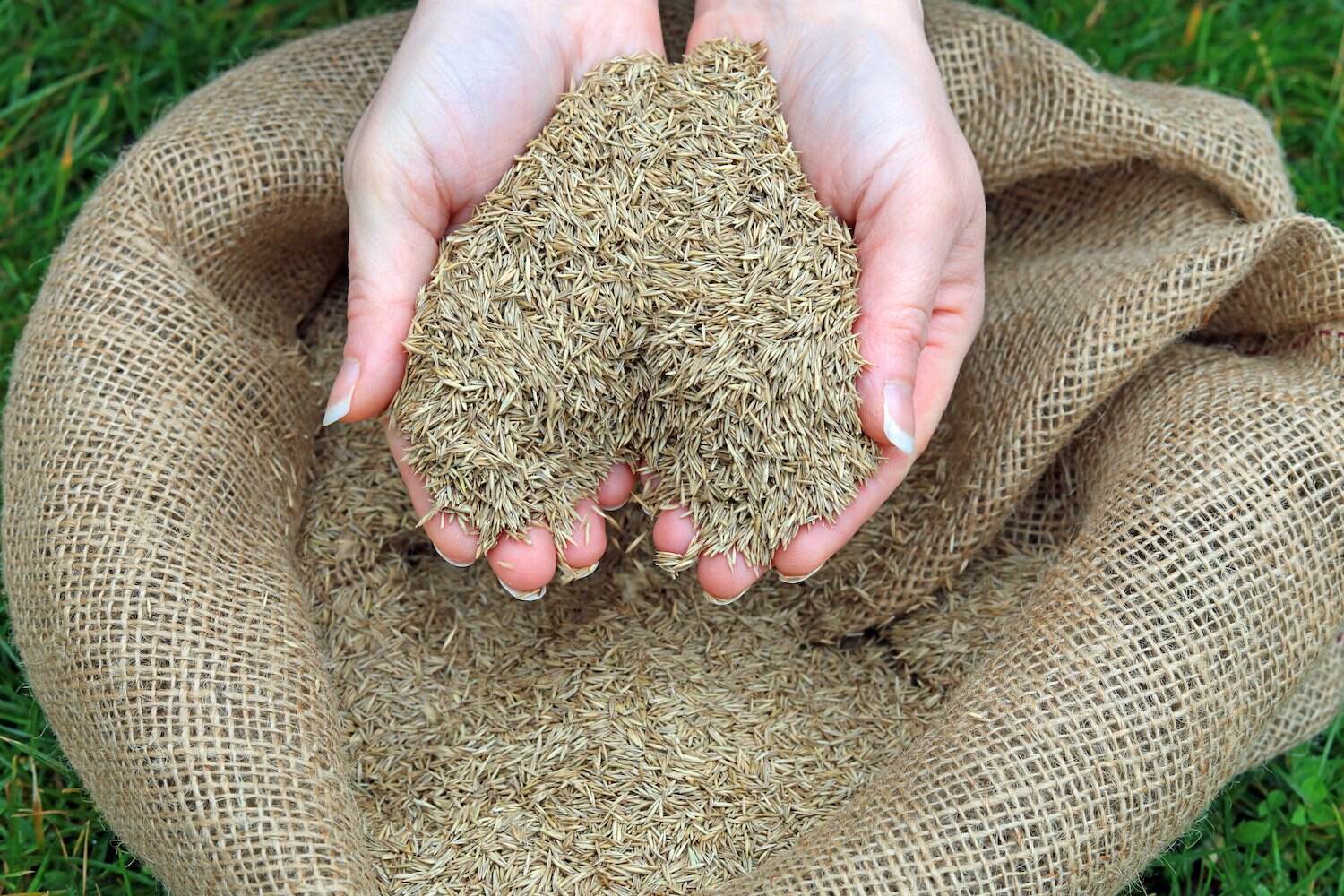
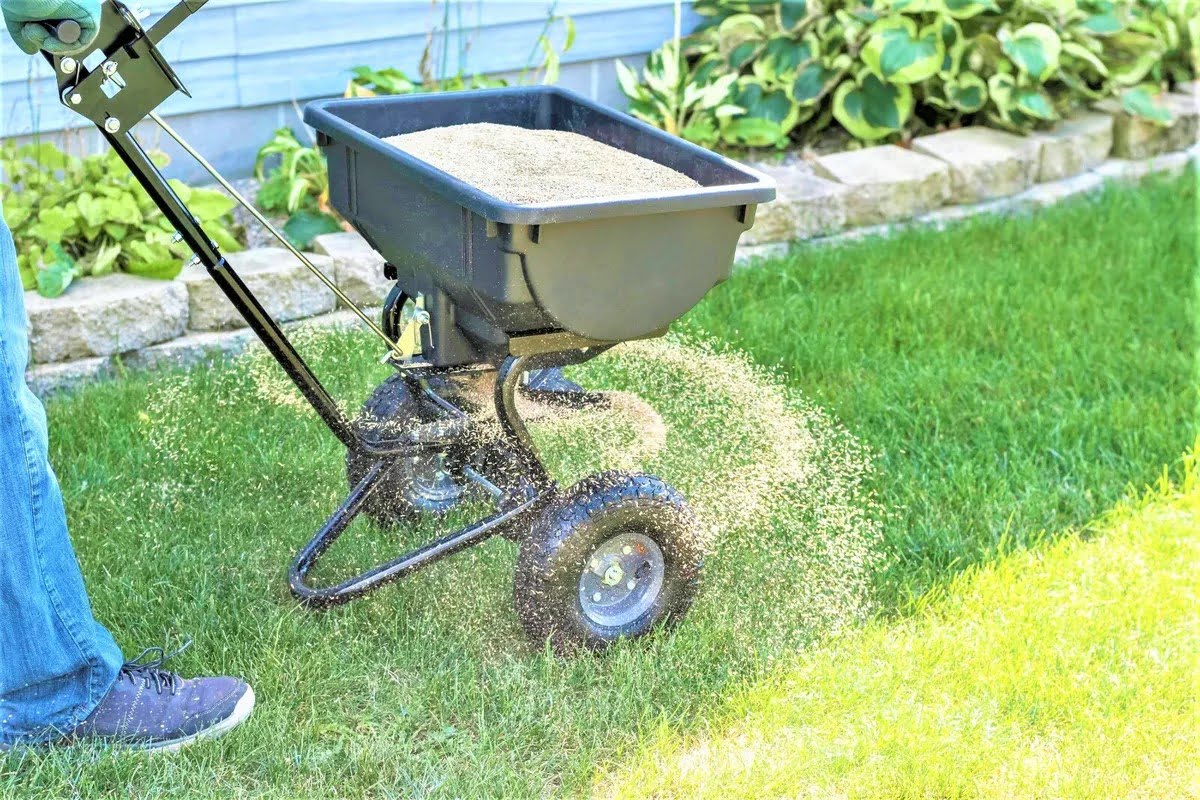
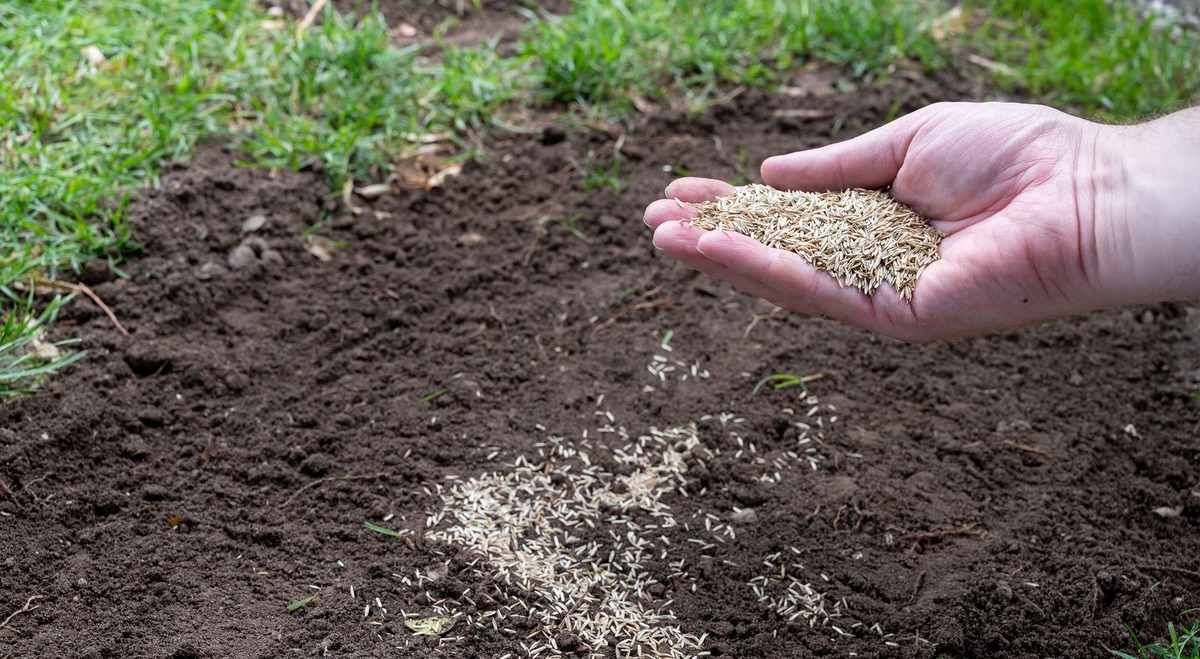

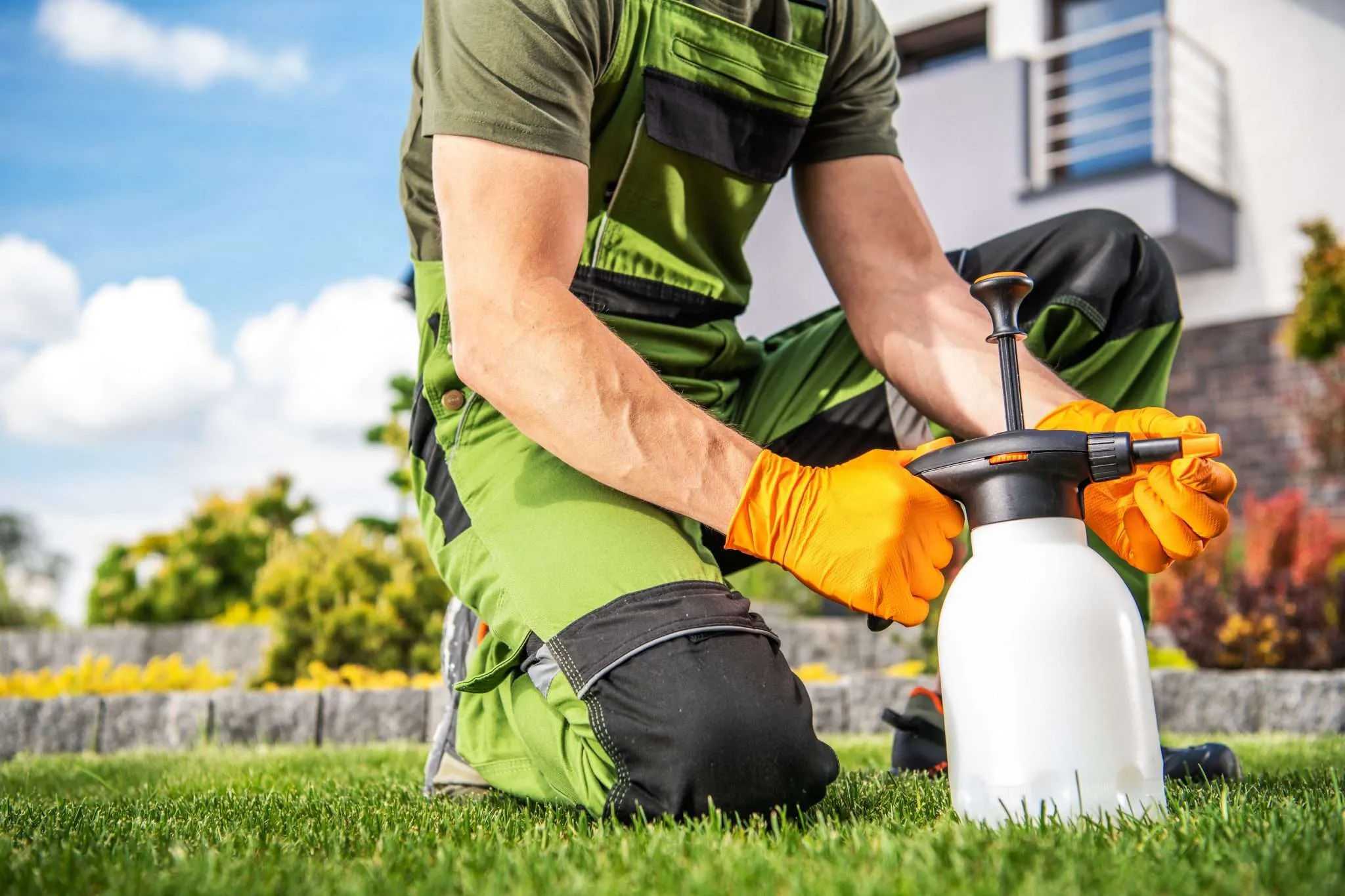
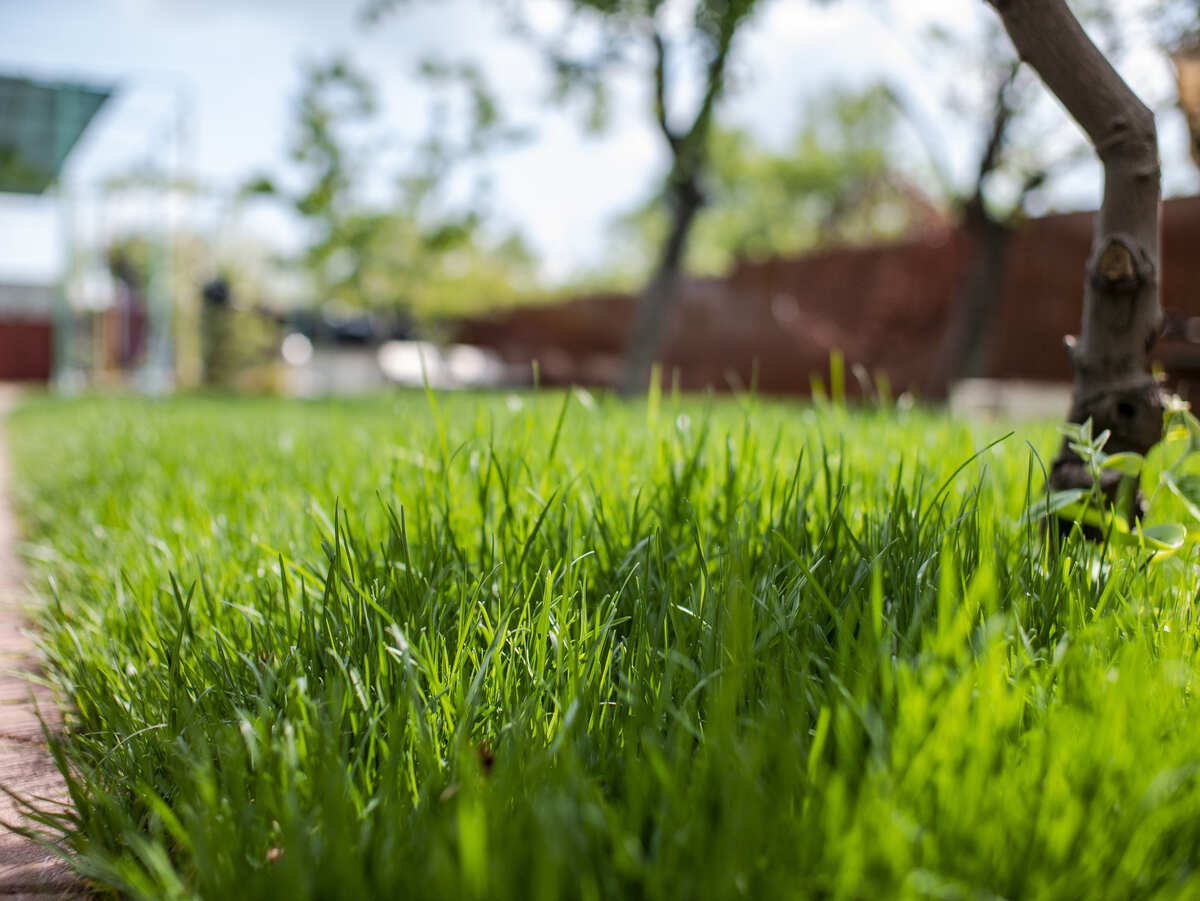
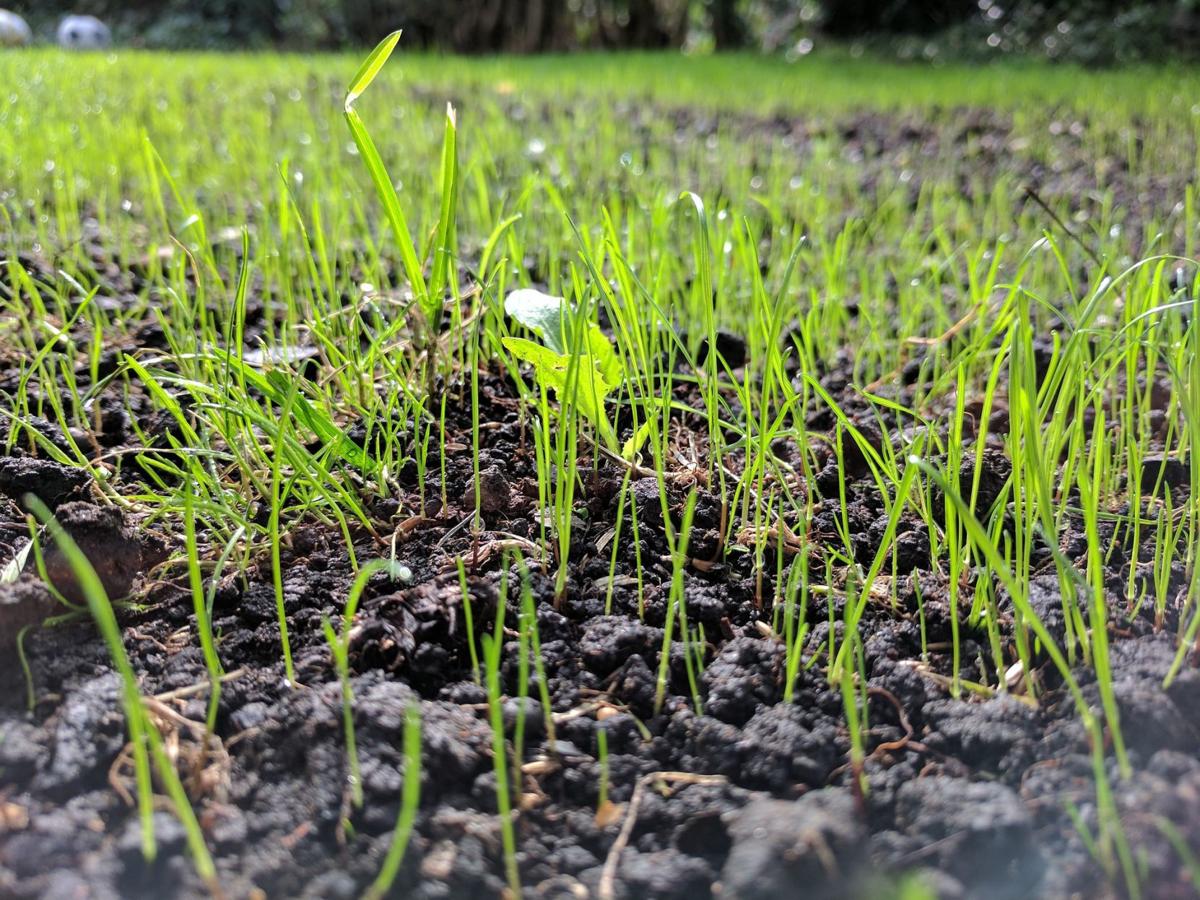
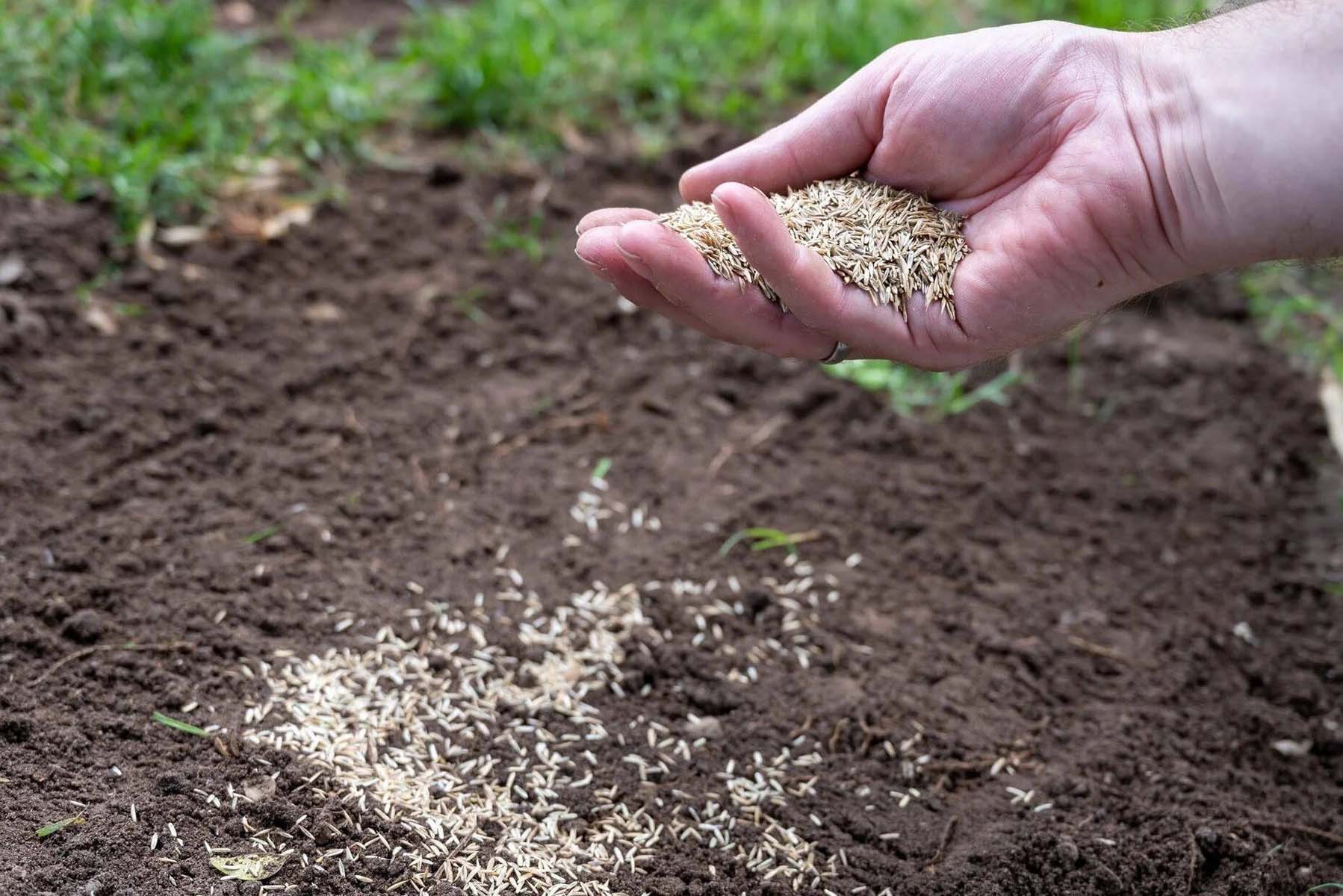
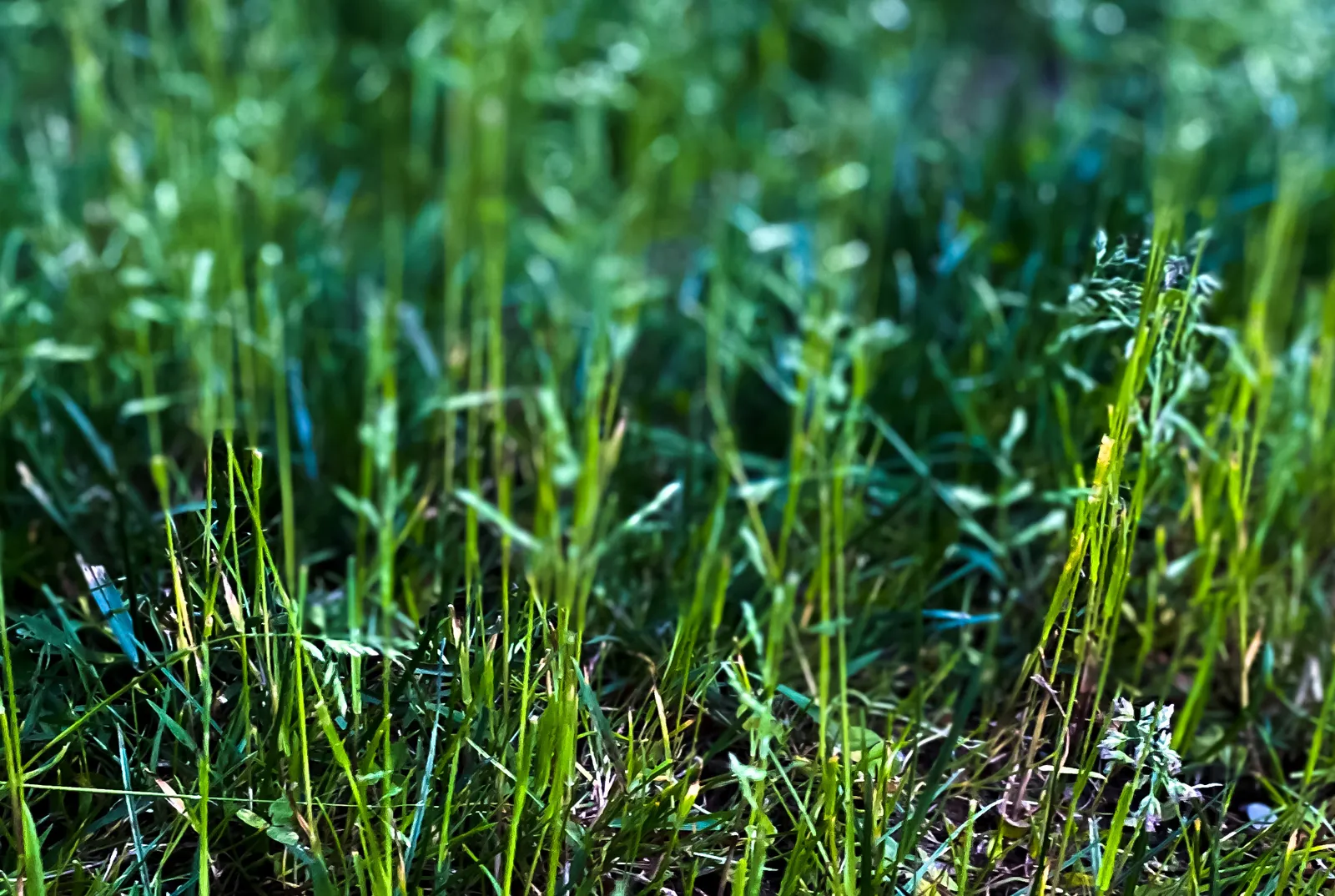
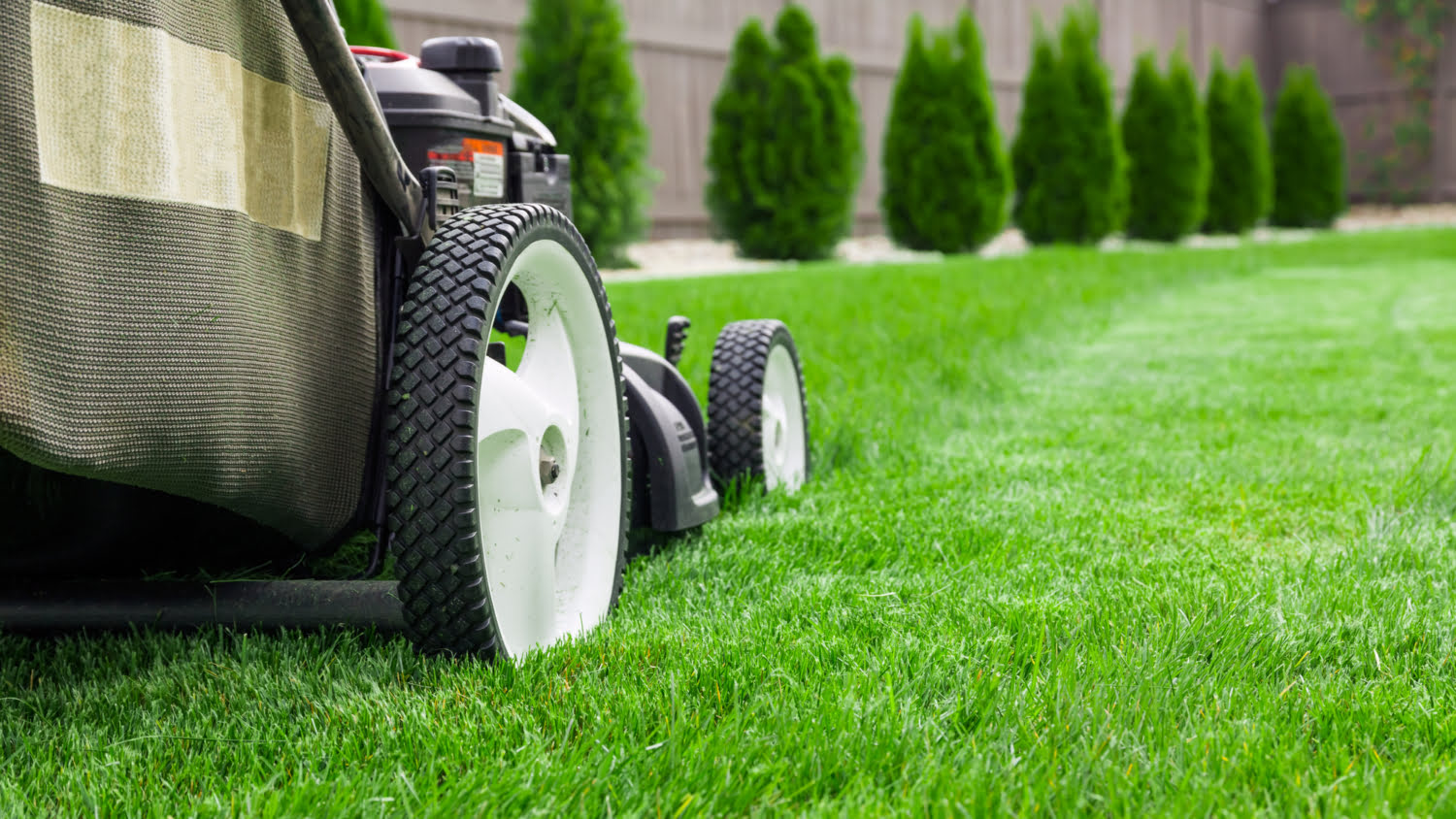

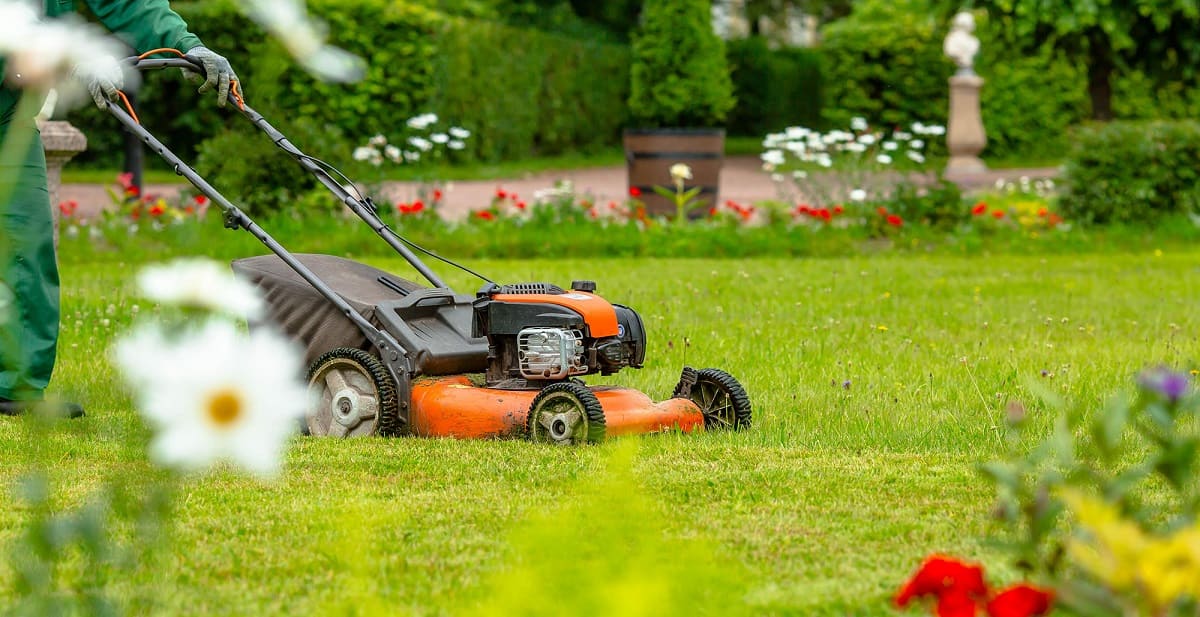

0 thoughts on “When To Apply Grass Seed In Spring”